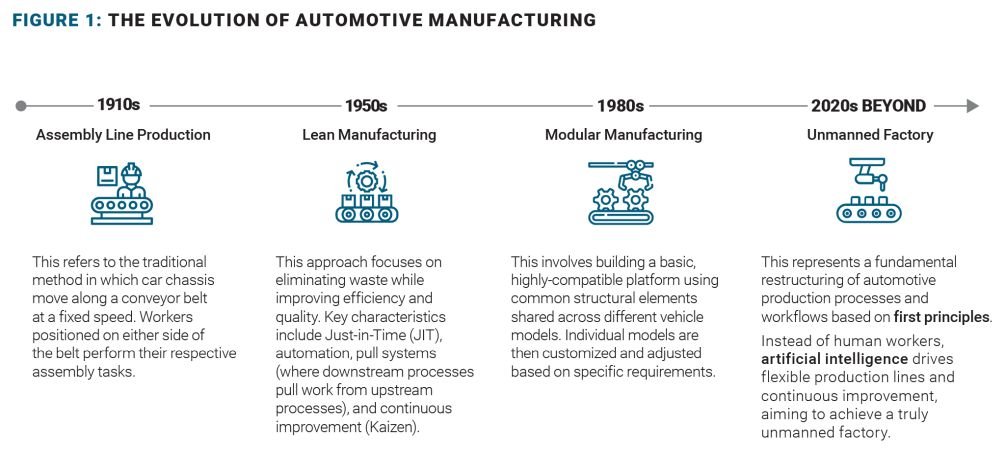This incident adds to growing concerns over China’s alleged bioweapons capabilities.
According to a 2025 U.S. State Department report, China may be incorporating artificial intelligence into its biological weapons (BW) program. The report, released in April, warns that China could be leveraging publicly available AI and machine learning tools to enhance bioweapon development.
“China probably is unable to make complex scientific equipment without Western innovation. It probably is capable of using publicly available artificial intelligence and machine learning (AI/ML) tools to advance efforts related to BW applications,” the report stated.
As a signatory to the 1972 Biological Weapons Convention (BWC), China is prohibited under international law from developing bioweapons. However, the report stops short of confirming current BW activity, while noting China’s historical possession of such weapons and the lack of evidence showing their destruction.

Live Events
The report also alleges that China has failed to disclose two historical BW facilities in Beijing and Lingbao. These sites were reportedly involved in the development of military-grade biological agents including anthrax, cholera, plague, tularemia, ricin, and botulinum toxins. “Historical information suggests that China’s BW production occurred at two facilities, in Beijing and Lingbao, prior to China signing the BWC in 1972. Although China has submitted BWC CBMs each year since 1989, China’s CBM reporting has never identified these facilities or otherwise disclosed it ever pursued an offensive BW program,” the report noted. Of particular concern is China’s ongoing research into potent marine toxins—naturally occurring compounds from marine organisms with possible bioweapons applications. The State Department believes China still depends on Western innovation to manufacture the specialized equipment required for large-scale bioweapon production.
The integration of AI into such programs, the report warns, could have devastating global consequences. It draws parallels to the COVID-19 pandemic, which many believe may have originated from a lab leak at the Wuhan Institute of Virology—a facility known for its gain-of-function research aimed at increasing virus transmissibility. The report suggests that similar research, when combined with advanced AI, could result in a future catastrophe of even greater magnitude.







